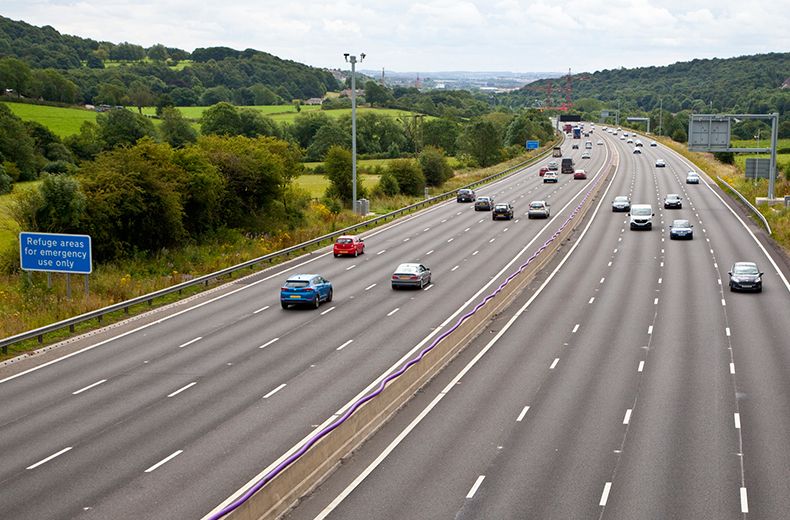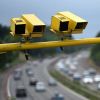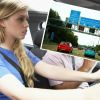The number of people killed is surprisingly high for these hard-shoulder-free motorways that make up a small proportion of the road network in England.
The BBC also learned that smart motorway ‘near-misses’ have increased dramatically.
A stretch of one of England’s major roads has seen a 20-fold increase in these incidents in the five years since being converted to a smart motorway.
The hard shoulder was removed from a section of Greater London’s orbital motorway, the M25, in 2014 to make way for an extra driving lane.
The BBC found there have been 1,485 near misses since the overhaul – incidents “with the potential to cause injury or ill health.”
In the previous five years, there were just 72.
The BBC’s Freedom of Information (FOI) request also found a warning sign for the stretch of road had been out of action for 336 days.
Transport Secretary, Grant Shapps believes smart motorways are too confusing for drivers. “We absolutely have to have these as safe or safer than regular motorways or we shouldn’t have them at all,” he said.

RAC sale – up to 33% off*
• Roadside cover from £5.29 a month†
• We get to most breakdowns in 60 mins or less
• Our patrols fix 4/5 breakdowns on the spot

Proposed Government reforms are set to be unveiled shortly, while planned improvements include fitting radar across the whole smart motorway network.
Currently, the stationary-car detection technology is only in use on two sections of the M25.
Stranded motorists wait an average of 17 minutes to be spotted on the motorway, and a further 17 minutes before they are rescued.
Meanwhile, former minister, Sir Mike Penning told the BBC he was misled about the risks of removing hard shoulders.
A 2010 trial featured emergency safety refuges, on average every 600 metres. Once rolled-out, however, the same refuge areas only appeared up to 2.5 miles apart.
Read: Motor industry calls for MOT exemption to end over fears of unsafe cars on the road
“They are endangering people's lives… There are people that are being killed and seriously injured on these roads, and it should never have happened.”
Sir Mike Penning, former Minister of State for Transport
The RAC found that more than two-thirds (68%) of drivers in England believe removing the hard shoulder compromises safety for those who break down in a live lane.
Around 72% are worried about not being able to reach an emergency area if they break down.
An all-party group of MPs, led by Sir Penning, will publish a report condemning Highways England of “a shocking degree of carelessness”.
They believe smart motorway works should be suspended until further research has been completed.
- Smart motorways – what are they and how do you use them?
- Motorway cameras – what you need to know
- RAC Report on Motoring 2019
Reacting to the BBC Panorama report that indicates smart motorways are to be fitted with radar technology and more SOS areas in order to improve safety, RAC head of roads policy Nicholas Lyes said:
“A commitment to install stopped vehicle detection technology on the whole smart motorway network would be a welcome step and something the RAC has called for consistently in recent years.
"RAC research suggests that more than two-thirds of drivers believe that permanently removing the hard shoulder compromises safety in the event of a breakdown.
“Simply ploughing on with the status quo regardless isn’t an option anymore. However, three years to install this across the network is a long time to wait and questions must be asked as to why this hasn’t already been rolled out universally to date.
“In the meantime, we would suggest Highways England gives consideration to installing extra cameras to help pick up vehicles in trouble on live lanes to help mitigate for the delay. It is vital that drivers have confidence in the road infrastructure that they are using.
“In addition to this, we have long said the distance between SOS areas was too big so we would welcome a commitment to install more to increase the chances of vehicles being able to reach one in the event of a breakdown and a widescale public information campaign.”
How do you feel about the smart motorway issue? Have you experienced a near-miss recently? Please leave a comment below.
Is it illegal to drive without shoes?
Get the answer and more useful driving content sent straight to your inbox.







